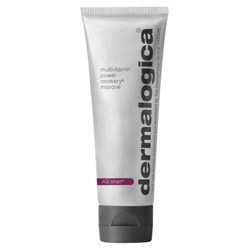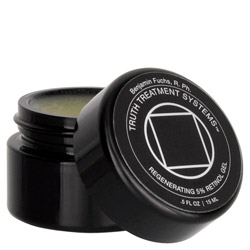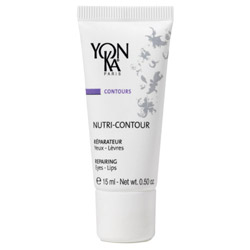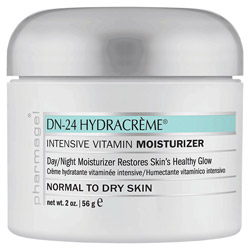Skin's Aging Process
Getting older is inevitable. But when exactly does that notice-it-in-the-mirror, complain-about-it-to-friends type of skin aging start? And can anything be done to delay it? These questions were the focus of a new skincare research study in conjunction with a personal genetics company. The goal was to discover what's happening below the surface level of the complexion in hopes of unlocking the golden secret of how to affect, delay, and perhaps even reverse those first signs of aging.
Skin's Big Changes
We used to think everything was great until about age 35 when all the skin processes started to slow down at once, but that's not what was found. In reality, different cell processes change at each decade, until you start seeing the cumulative effects. The best time to start using products with antioxidants such as stabilized vitamin C, vitamin E, green tea extract, and fruit acids is right around college graduation. The study was able to pinpoint five different cell processes that slow or decline at five different landmark ages.
The first process to decline is natural antioxidant production, and that happens in your 20s. It was always thought that you just need to moisturize and use sunscreen in your 20s, but this new data shows that skin is already susceptible to oxidative stressors and damage, so the best time to start using products with antioxidants is in your early 20's.
When your body's metabolism starts slowing in your 30s, so, too, does the bioenergy of skin cells, which powers the creation of collagen, activates repair processes, and even helps absorb and process ingredients applied to your complexion. When bioenergy drops, it's like your skin is getting tired and no longer firing on all cylinders. The key ingredient for revving up the cell metabolic engine is niacinamide, otherwise known as vitamin B3, which has been shown to raise the skin's bioenergy levels.
Around 40, cellular "senescence" kicks in. It's a complicated process in which the natural life cycle of skin cells is arrested, and it could affect your complexion in many ways. At this point, skincare ingredients like retinol, glycolic acid, and peptides become important, because they help jump-start the cell processes that are starting to lag.
As you transition into menopause (average age: 51), the skin barrier function weakens, which makes skin dry and unable to retain enough hydration on its own. Experts say that rich moisturizers like oils and petrolatum can help counteract the process.
Then, in your 60s, all the aging processes mentioned here dramatically accelerate. But there's good news, according to researchers at McMaster University in Hamilton, Ontario: Aerobic exercise (like jogging or cycling) twice a week has the ability to transform the protein structure of the skin in those 65 and older so it more closely resembles the skin of those 20 to 40.
The Moment You Look Old: Experts say that depends on your race and your lifestyle. For Caucasian women, it's typically around the late 30s. This is when fine lines on the forehead and around the eyes, less-elastic skin, and brown spots and broken capillaries from accumulated sun damage crop up. If you're a woman of color, the tipping point is more likely in your 40s. African-American women aged, on average, 10 years more slowly than Caucasians. It's thought that darker skin provides more UV protection, but data suggest that can't be the only reason for the difference; researchers believe more antioxidant protection and higher skin bioenergy levels may also be at play. (So far, only Caucasian and African-American women have been analyzed in the study.)
Exceptional Agers: Researchers found a group of women who defied the so-called tipping point, genetic overachievers, if you will. These women all appeared at least 10 years younger than their true age. Researchers weren't surprised to find women who looked younger than their actual age (after all, we all know people who inspire envy by defying nature's clock), but they were intrigued to learn that these particular women showed similar gene expression. Their skin was somehow able to robustly renew itself through the decades so that, for example, the antioxidant decline typically seen in the 20s still hadn't happened by their 50s. Do these women have nature (DNA) or nurture (lifestyle) to thank? Scientists believe the answer is likely a bit of both and determining exactly how much of it is related to factors like UV exposure, nutrition and skincare will be questions leading future studies. Many of these researchers believe that up to 80 percent of aging is due to lifestyle choices. They suggest sleeping seven to eight hours a night, following a lean-protein-rich diet that gives skin the building blocks it needs to renew, and glugging lots of water to stay hydrated from the inside out.
Summary: Keeping your skin in good shape with a regular routine and the right products can also help you defy your age, even if it can't necessarily alter your DNA and turn you into an exceptional ager. A 60-year-old who has never done anything and buys a $200 anti-aging cream just isn't going to see the same results as someone who has been taking care of her skin throughout earlier aging stages.


 write a review
write a review


 write a review
write a review
